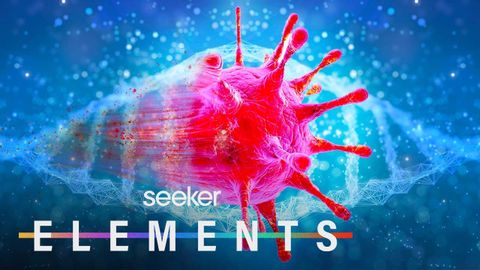ウイルスが地球上の生命を形成した理由とは? (Viruses Have Shaped Life on Earth as We Know It, Here’s How)
Summer が 2021 年 09 月 27 日 に投稿  この条件に一致する単語はありません
この条件に一致する単語はありませんUS /ˌɪndəˈvɪdʒuəl/
・
UK /ˌɪndɪˈvɪdʒuəl/
- n. (c.)個人;個々の項目;個体;個人競技
- adj.個人用の;個人の;個々の;独特の
US /məˈtɪriəl/
・
UK /məˈtɪəriəl/
- n. (c./u.)衣料;原材料;原料
- adj.関連な,重要な;世俗的な : 物質的な : 物質でできた
US /aɪˈdɛntəˌfaɪ/
・
UK /aɪ'dentɪfaɪ/
エネルギーを使用
すべての単語を解除
発音・解説・フィルター機能を解除
